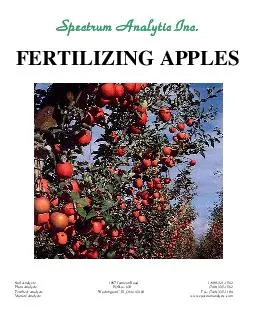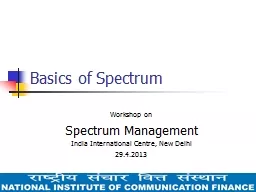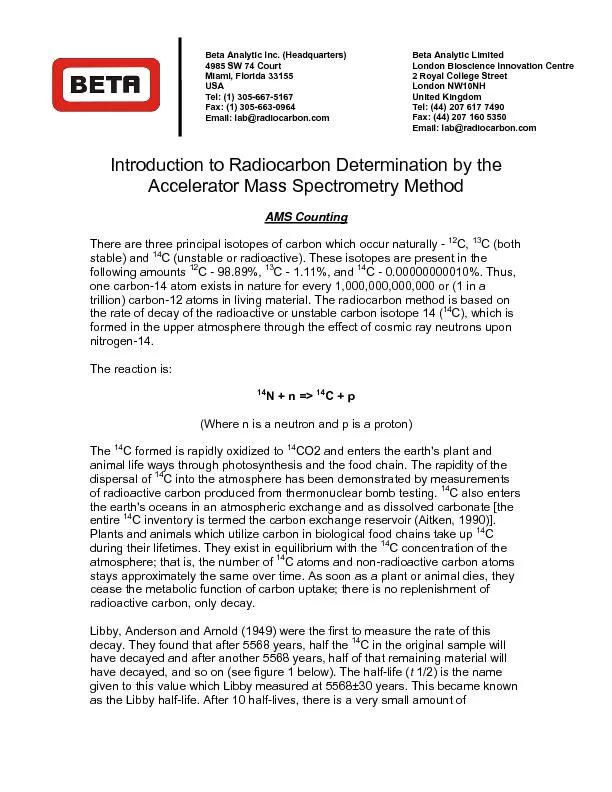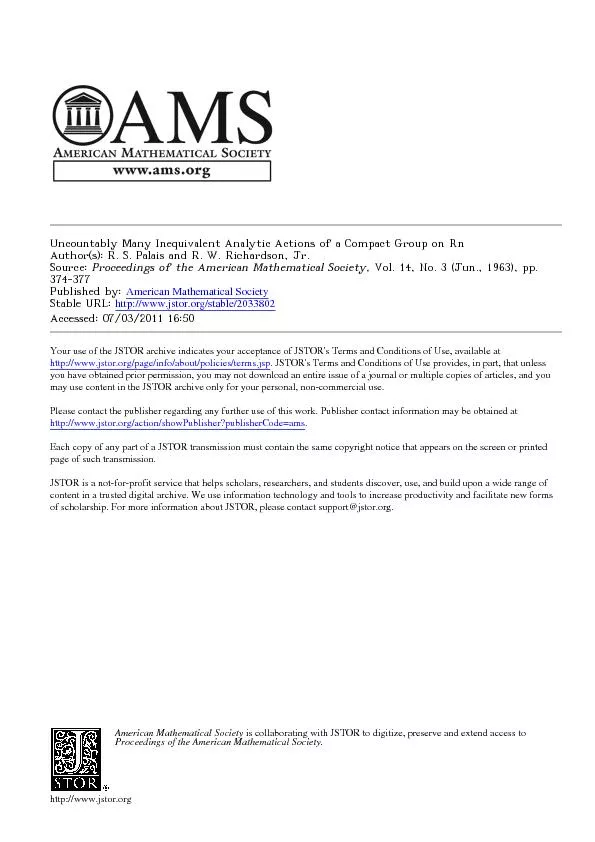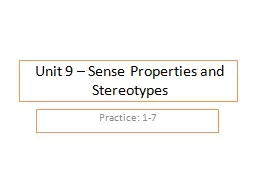PDF-Spectrum Analytic Inc
Author : mitsue-stanley | Published Date : 2014-10-07
FERTILIZING APPLES 5742757455574495745257376574095745457441574525746557459574495745957376 5739357392574005739957376574185744157453574495745957455
Presentation Embed Code
Download Presentation
Download Presentation The PPT/PDF document "Spectrum Analytic Inc" is the property of its rightful owner. Permission is granted to download and print the materials on this website for personal, non-commercial use only, and to display it on your personal computer provided you do not modify the materials and that you retain all copyright notices contained in the materials. By downloading content from our website, you accept the terms of this agreement.
Spectrum Analytic Inc: Transcript
Download Rules Of Document
"Spectrum Analytic Inc"The content belongs to its owner. You may download and print it for personal use, without modification, and keep all copyright notices. By downloading, you agree to these terms.
Related Documents

